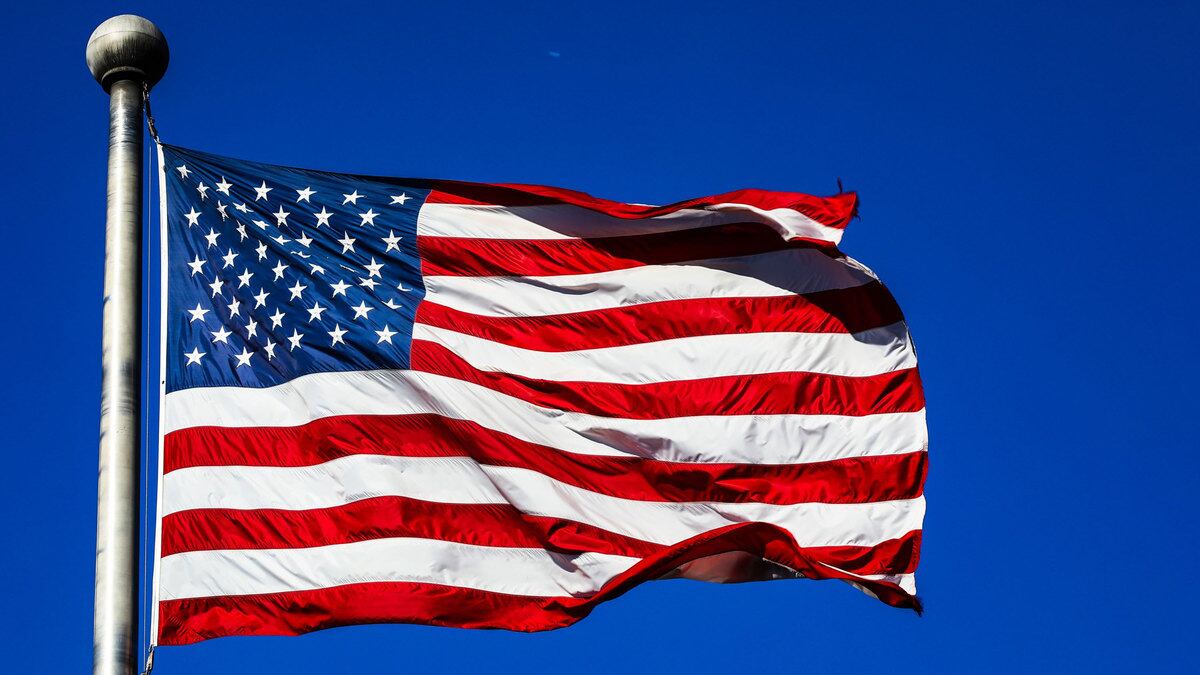Opinion
Yasin Ozturk/Anadolu Agency via Getty
America Isn't Falling Apart. It’s Still the Land of Opportunity.
THE MULTICULTURALISM OF THE STREETS
These days, those opportunities are more often found in its suburbs and sprawl than in the cities that once defined it.
opinion

Trending Now





